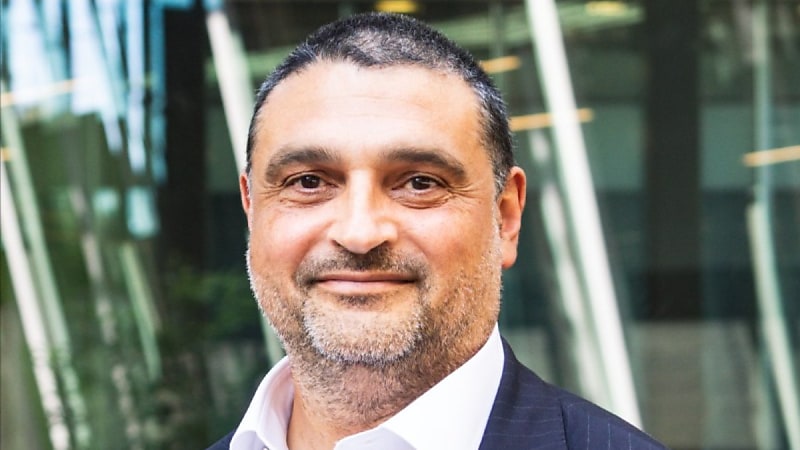ESS and SMSFs need careful consideration to maintain compliance: adviser
Employee share schemes can present challenges for an SMSF, but there are ways to mitigate them, a leading SMSF specialist has said.
Nicholas Ali, head of technical services for NEO Super, says the issue revolves around the ability of an SMSF to acquire shares in a related company from a related party.
It is possible if the SMSF is a Part 8 Associate of the company, but continued that the right to acquire the shares resides with the member, as they are the one who has the nexus to the company via the employment arrangement.
“It is highly unlikely an unrelated company would issue shares to an unknown SMSF,” Ali said.
“Additionally, if the company is a related party, shares can be acquired by the SMSF in the related company via an Employee Share Scheme if the SMSF is a Part 8 Associate of the company, that is, a related party.”
Ali said he is often asked about how to treat an SMSF acquiring shares from a related party in relation to an ESS, a scheme where shares, stapled securities, or rights (including options) to acquire shares and stapled securities in a company are provided to employees concerning their employment.
“Usually shares or rights acquired under an ESS are acquired at less than market value and often for no consideration,” he said.
“Trustees of SMSFs cannot intentionally acquire assets from a related party of the fund. A related party of an SMSF includes, but is not limited to, each member of the SMSF, their relatives, business partners and any standard employer sponsor of the SMSF.”
However, Ali added there is one exception to the prohibition on acquisition of assets from a related party – listed securities acquired at market value.
“If listed shares are acquired by an SMSF for no consideration, or less than market value, the ATO considers the difference between the market value and consideration paid as a contribution,” he said.
The ATO has provided information on determining the market value of shares, stapled securities or rights acquired by an associate of the employee, such as an SMSF, where the shares have been acquired for less than market value.
“In most instances, if the SMSF receives shares or options to acquire shares for less than market value via an ESS, the ensuing contribution will be considered a personal contribution to the SMSF,” Ali said.
“This is because it is the employee who is granted the personal rights to receive the shares or share options at a discount to the market value under the ESS.”
Furthermore, he said the employee then surrenders those rights so that the SMSF receives the shares or share options or exercises those rights but nominates their SMSF to receive the shares or share options.
“Such a contribution could be a concessional (personal deductible) or non-concessional contribution and would be subject to the relevant caps,” he said.
He continued that sometimes individuals in management positions in unlisted companies are given the option to acquire shares.
“One strategy is to have the SMSF receive the shares rather than the individual, given the concessionally-taxed superannuation environment.”
“However, unless that related company complies with Regulation 13.22C of the SIS Regs, the entity will be considered an in-house asset and the fund’s investment will be limited to a maximum of five per cent of the total fund’s assets.”
He gave an example of Ashley, who wishes his SMSF to take up his shares through an ESS in a related party company, Little Buddy Pty Ltd.
If the SMSF’s total fund assets are $1.2 million, the maximum the fund could invest in the company could be no more than $60,000.
There are other issues which must be considered if thinking about participating in an ESS through an SMSF, Ali said.
“Contribution caps must be considered with ESS. If the member wishes to make a personal deductible contribution, they need to be mindful that Superannuation Guarantee and other contributions, such as salary sacrifice,e count against the concessional cap of $30,000.”
“The bring-forward provisions may apply, but it is important to understand the various Total Super Balance (TSB) caps. The member’s TSB may also determine the fund’s eligibility to receive the shares as a non-concessional contribution.”
Furthermore, he said members must also consider arm’s length rules.
“The superannuation rules state where parties are not dealing at arm’s length and the terms are more favourable to the SMSF, there will be no breach of s109 of the SIS Act,” Ali said.
“However, the NALI provisions then apply, which remove the fund’s tax concessions where the SMSF and other parties are not dealing at arm’s length in relation to a scheme.
“Where income is deemed to be NALI, all the income generated from that asset will be taxed at the top marginal tax rate of 45 per cent (plus Medicare Levy), even if the member is in the pension phase.”


